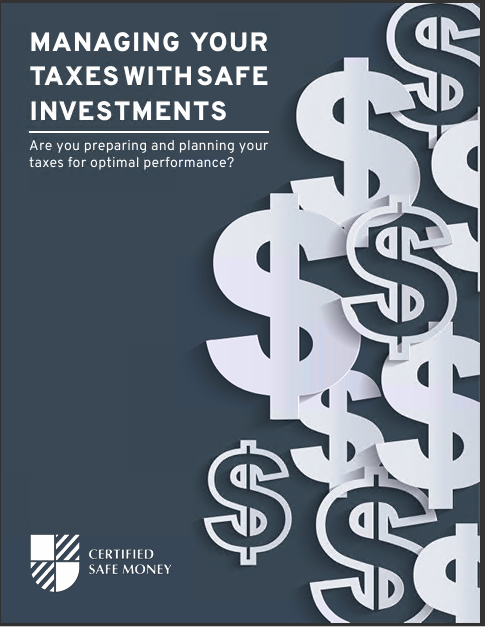The House passed the Secure 2.0 Act recently, with 414 in support and 5 votes against the Act. This Act received tremendous bipartisan support and offers enormous benefits to individuals working on clearing their student loans and will have low retirement investments because of their limited resources. The estimated amount of total student loans in 2021 was $1.58 trillion, while the average student loan per individual borrower was $38,792. Most people assume that recent graduates will hold the largest portion of student loan debt. However, the Federal Student Aid Portfolio reports that adults aged 35 to 49 held most student loan balances. This adult class held about 40% or $622 billion of the entire student loan debt. For this adult group to be financially stable during retirement, they must start to save for retirement. Section 111 of the House proposal shows Congress’s concern about the failure of adults to save for retirement while focusing on student loan debt payments. The Secure 2.0 Act is the best option provided by Congress as an alternative to total student loan forgiveness. The Congress proposal may include employer donations made for an employee paying qualified student loans in its employer matching retirement savings definition. Thus, employees may receive employer matching contributions in their employer 401(k) plan, SIMPLE IRA, or 403(b) plan, even if they can only pay their student loan debt. The change in employer matching retirement contribution definition will positively impact many adults facing student loan debt payments because the new change also affects their employer contribution calculation. You need to find out if you currently have an existing qualified student loan debt. Based on the new Act, your employer can use the employee certification to make payments in line with the qualified student loan debt. Suppose you are an employee and paying off a qualified student loan. In that case, you should know that your employer contribution will be regarded as being eligible for the employer match if the plan treats matching contributions similar to salary reduction contributions. The contribution is also eligible for employer match if similar vesting applies to employees paying qualified student loans and salary reduction contributions. Even though Section 111 inclusion is beneficial, it would help to note that employers may decide to provide such a voluntary benefit because they don’t need to provide it. You should constantly monitor this bill’s status to know if it has been passed. It would be helpful to discuss this with your employer when the senate eventually passes this bill. If the law allowing employees paying qualified student loan debts eligible for employer matching is enacted, the law will become active on contributions made for subsequent tax years after December 31, 2022.
Contact Information:
Email: tsweet9219@aol.com
Phone: 2624906519
Bio:
30 + years as a Financial Planner. Securities (Series 1,7, and 65) and Insurance Licensed. Retirement Planning including the actual planning of where your income will come from as well as a discussion of products to get you there. The market has been volatile since Covid broke out and many people are not comfortable with this. If you are retired we will look at your total income and tax situation. If you are still working we have some more time to plan.














